"Hearst Magazines and Yahoo may earn commission or revenue on some items through these links."
The Ford Motor Company is making a massive change to how it approaches electric vehicle engineering and production. On Monday, the automaker announced plans to invest roughly $5 billion between the Louisville Assembly Plant in Kentucky and Michigan’s BlueOval Battery Park in Michigan an effort to support the rollout of the all-new "Ford Universal Electric Vehicle Platform," which will serve as the launchpad for the automaker’s revised approach to assembly line manufacturing — as well as the base for a new midsize electric pickup slated to arrive for 2027 that the brand says will be as quick as a Ford Mustang.
Henry Ford’s popularization of the moving assembly line at the Highland Park Assembly Plant more than 100 years ago transformed the face of society, but as the auto industry shifts towards an electrified future, new production and development are cropping up — which in turn can help cause EVs to suffer from higher prices than equivalent internal-combustion cars. The Blue Oval is aware of these pricing challenges, and has been quietly working on a strategy: a two-pronged approach that improves efficiency in both the product and manufacturing sides of the equation, with what Ford says are massive implications for customers.
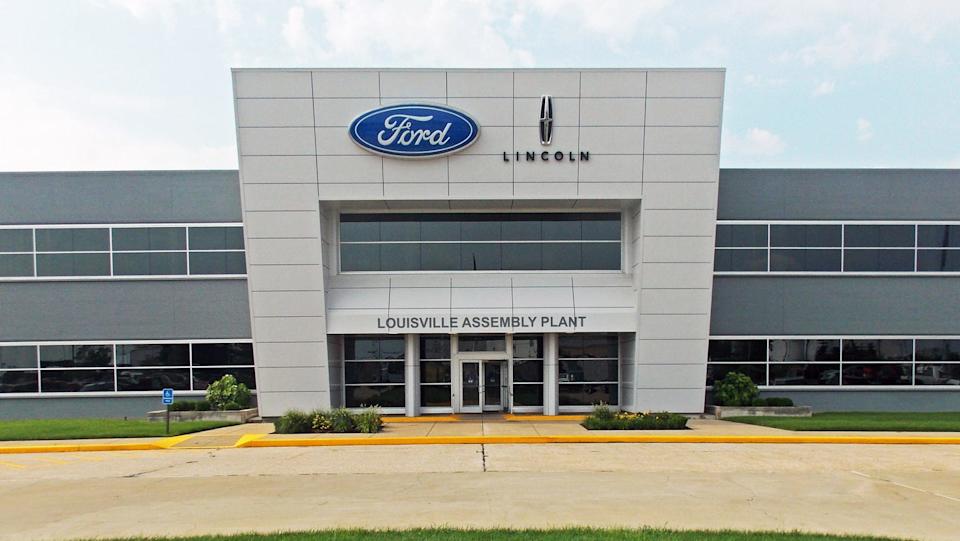
The first step of the plan is the Ford Universal Electric Vehicle Platform. This new platform will allow Ford to produce vehicles across various segments without massive retooling investments. Both Stellantis and GM have developed scalable EV platforms of their own, so it's only natural that Ford follows suit. The Blue Oval’s approach will focus on software-defined products, more akin to the likes of Tesla and Rivian.
The platform itself utilizes 20% fewer parts than a traditional vehicle, with large uni-castings making up large sections of the cars. Assembly has been rethought for the computer-centric EV age; the wiring harness for the new products is 10 kilograms lighter than the brand’s current EV SUV offerings, for example, which allows the company to use 25% fewer fasteners during production. The plant will also see 40% fewer dock-to-dock stops during the assembly process itself, which means production can move up to 15% faster than the current run rate at Louisville Assembly.
That aforementioned midsize pickup will arrive as the first vehicle on the Ford Universal Electric Vehicle Platform. [We assume Ford would prefer we don't acronymize it as FUEVP. —Ed.] We don’t have many details at this time, but Ford says it will be quicker than a Mustang EcoBoost from 0 to 60 mph, and it will pack more downforce than the pony car. Ford also notes that it should provide more passenger room than the ever-popular Toyota RAV4 and offer both a bed and a trunk, making for a well-rounded offering.
No estimates have been provided for range, but there may be a specific reason there: The Ford Universal Electric Vehicle Platform will use the company’s new lithium-iron phosphate (LFP) prismatic batteries. These batteries are lighter and cheaper than their cobalt and nickel-using relatives, but they are also generally less power-dense.
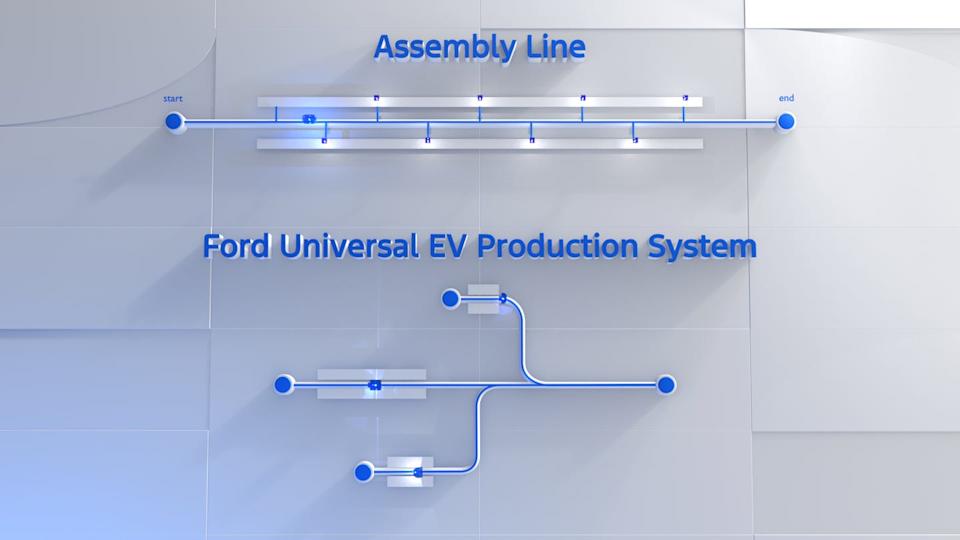
The second major rework comes to the assembly process itself known as the Ford Universal EV Production System. Instead of vehicles moving through stations down a single production line, Louisville Assembly will now adopt something known as the Assembly Tree. This setup sees several smaller ‘branch’ lines feeding back into the main ‘trunk,’ with stations and parts moving alongside the vehicle. Ford believes this system will lower complexity and improve quality within the plant. The Blue Oval says there has also been a massive focus on employee comfort and safety, reducing heavy lifts and twists wherever possible.
“We took a radical approach to a very hard challenge: Create affordable vehicles that delight customers in every way that matters – design, innovation, flexibility, space, driving pleasure, and cost of ownership – and do it with American workers,” said Ford president and CEO Jim Farley.
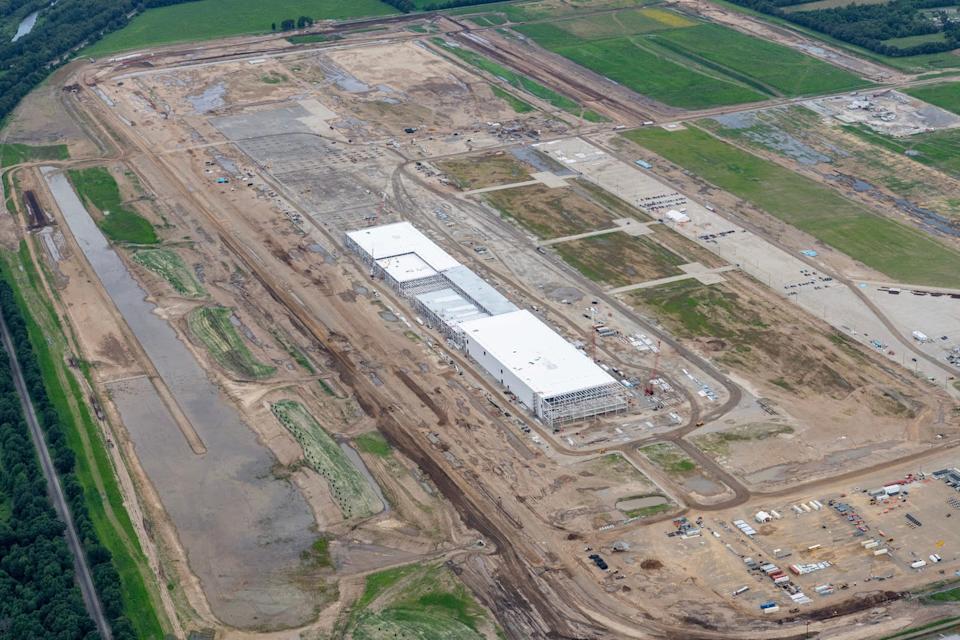
“We have all lived through far too many ‘good college tries’ by Detroit automakers to make affordable vehicles that ends up with idled plants, layoffs and uncertainty,” Farley continued. “So, this had to be a strong, sustainable and profitable business. From Day 1, we knew there was no incremental path to success. We empowered a tiny Skunkworks team three time zones away from Detroit. We tore up the moving assembly line concept and designed a better one. And we found a path to be the first automaker to make prismatic LFP batteries in the U.S.”
Louisville Assembly is slated for a $2.2 billion investment as part of the initiative, and is expected to add around 2200 jobs to support the upcoming electric truck. The investment will also include a 52,000 square-foot expansion of the facility. BlueOval Battery Park will also receive approximately $3 billion to build the new battery packs, with a similar amount of jobs expected to be added. If the setup is successful, we imagine that more Ford production facilities will follow suit.
You Might Also Like
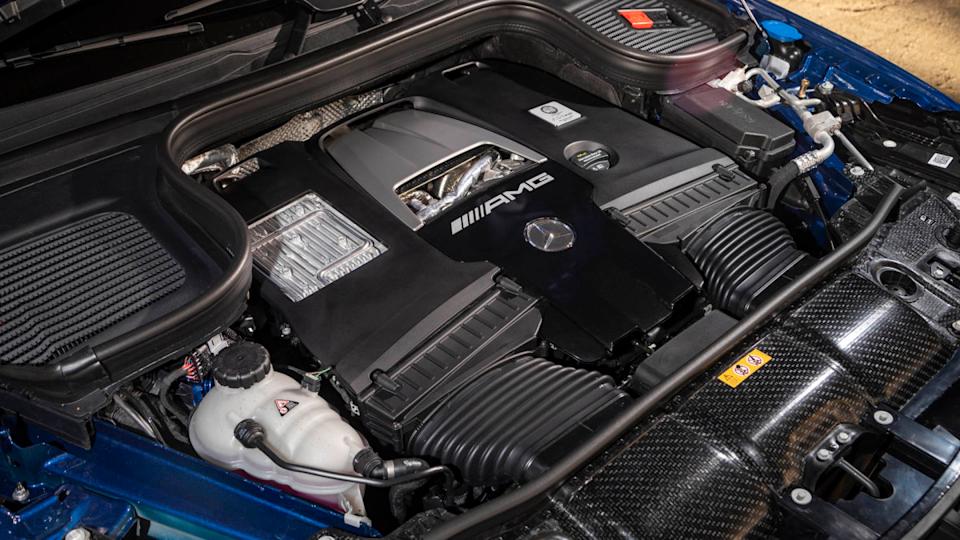
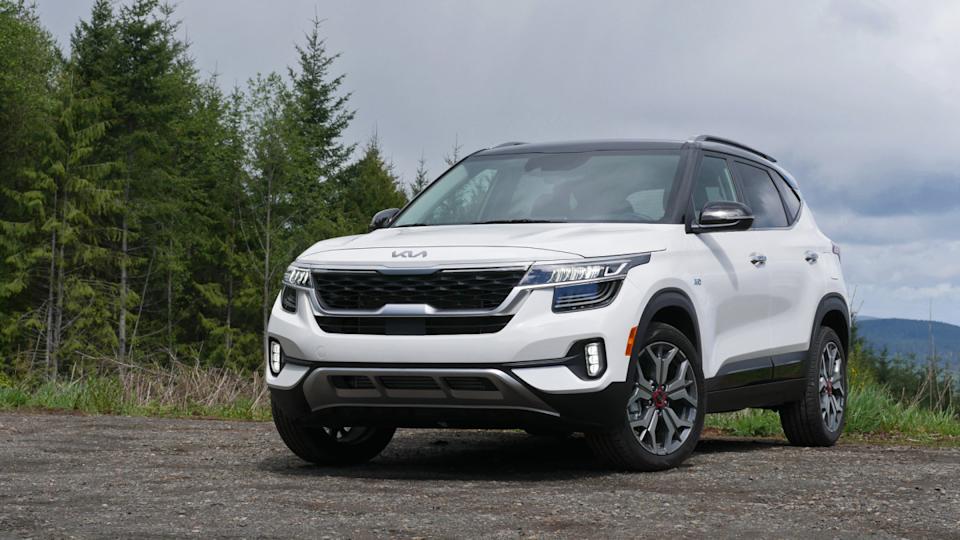


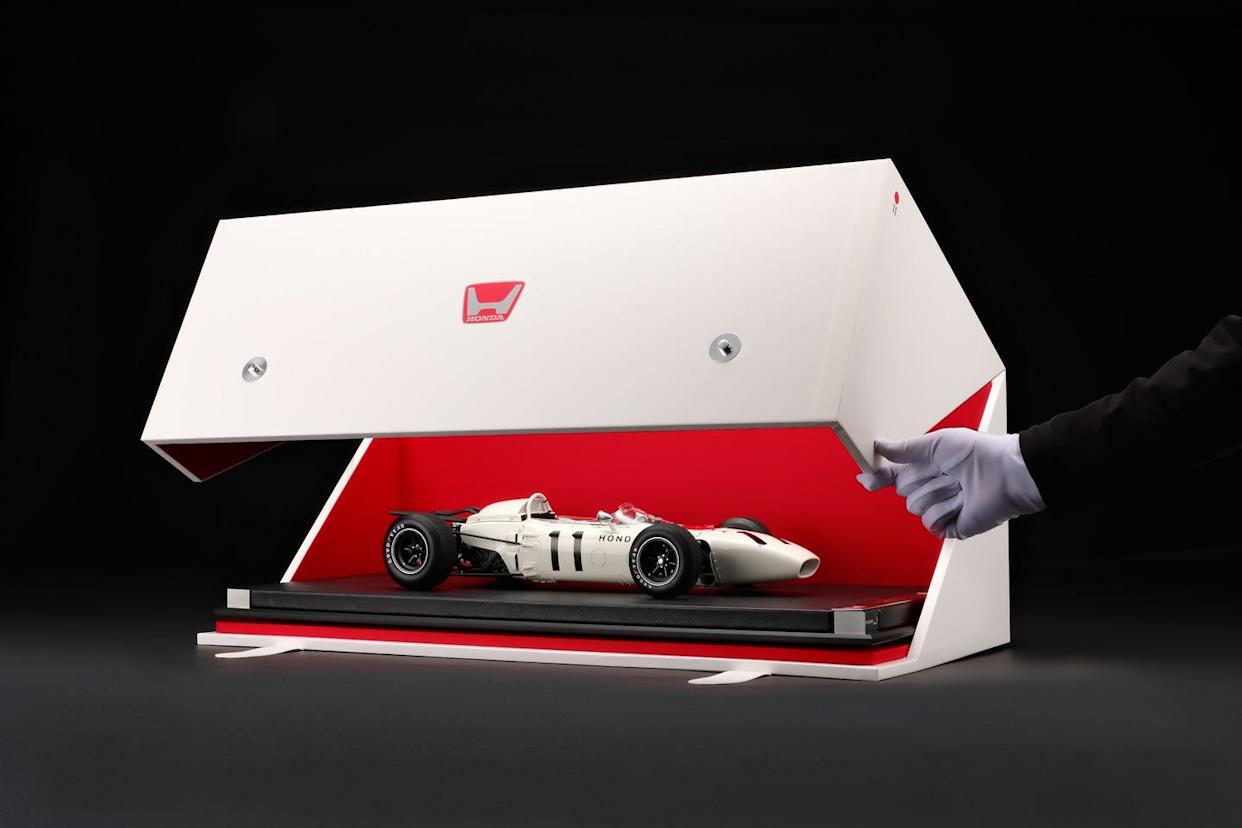
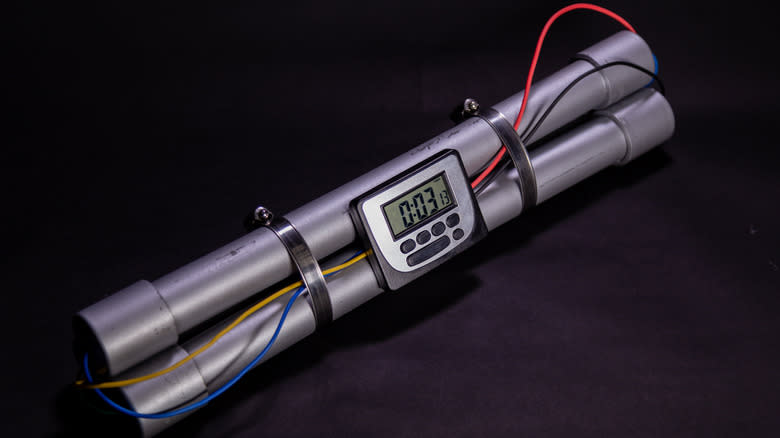

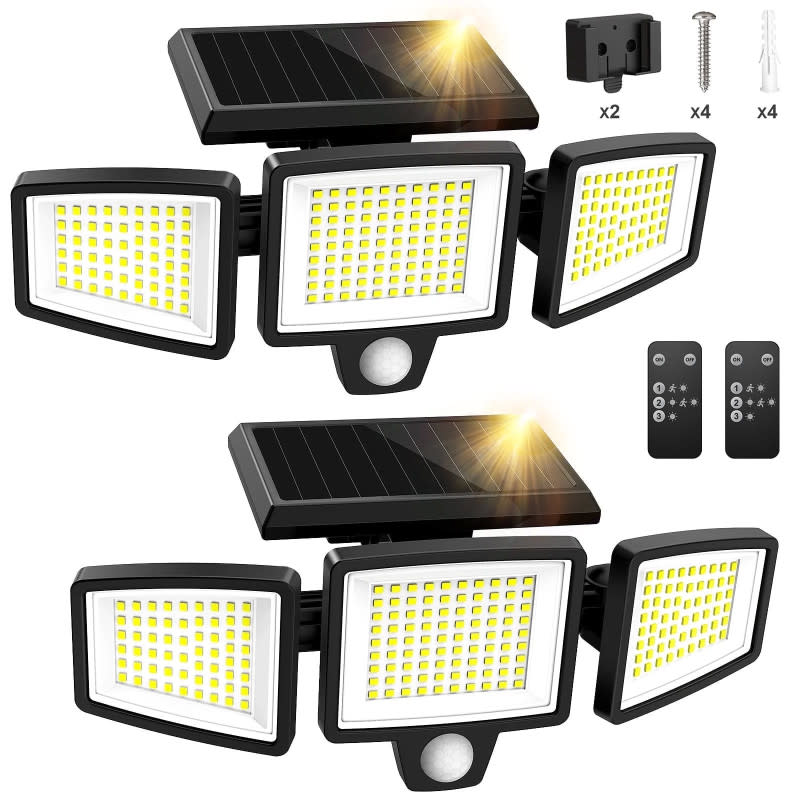
Comments